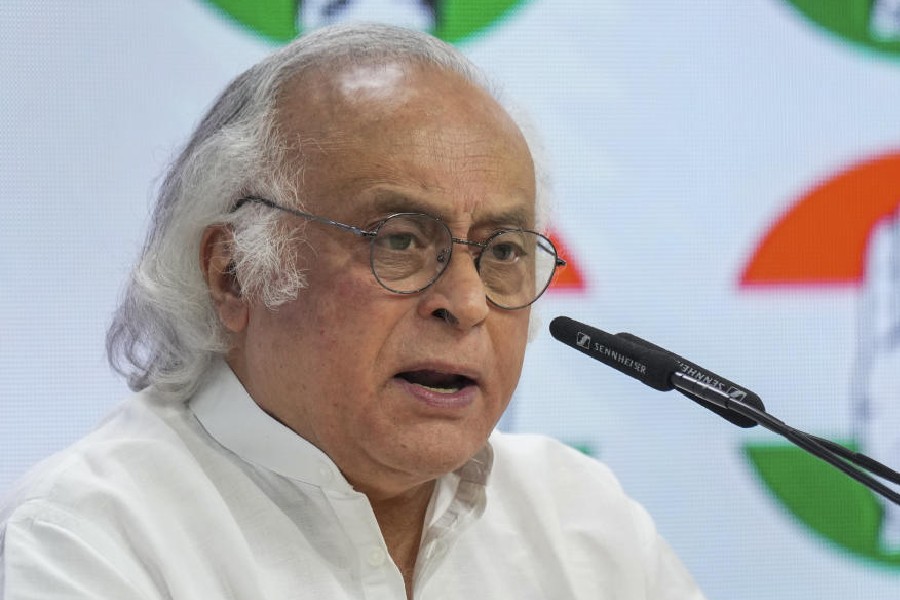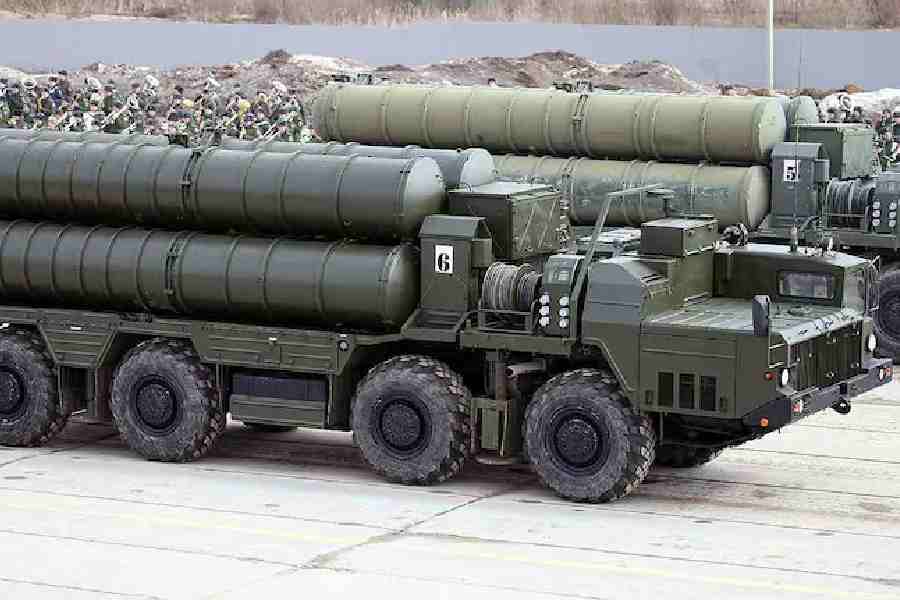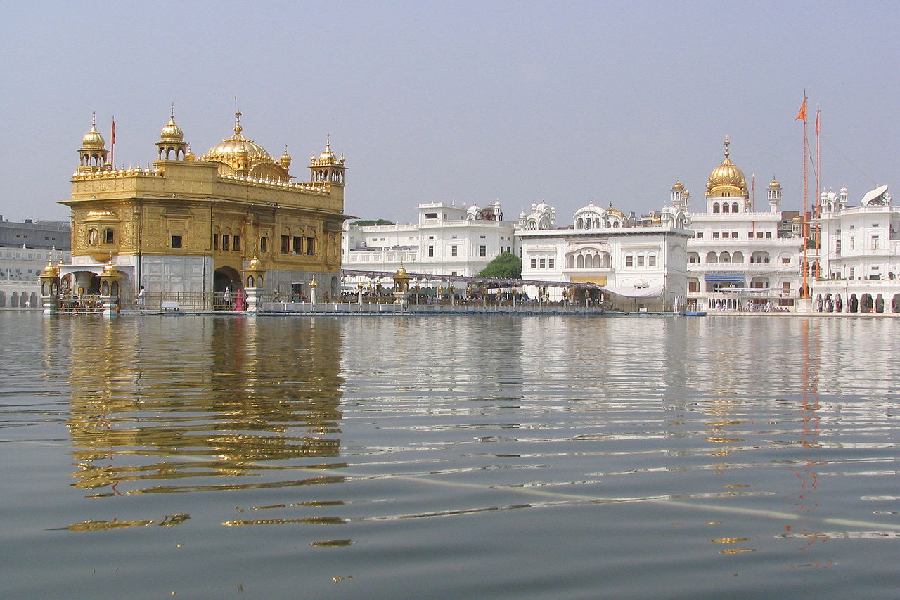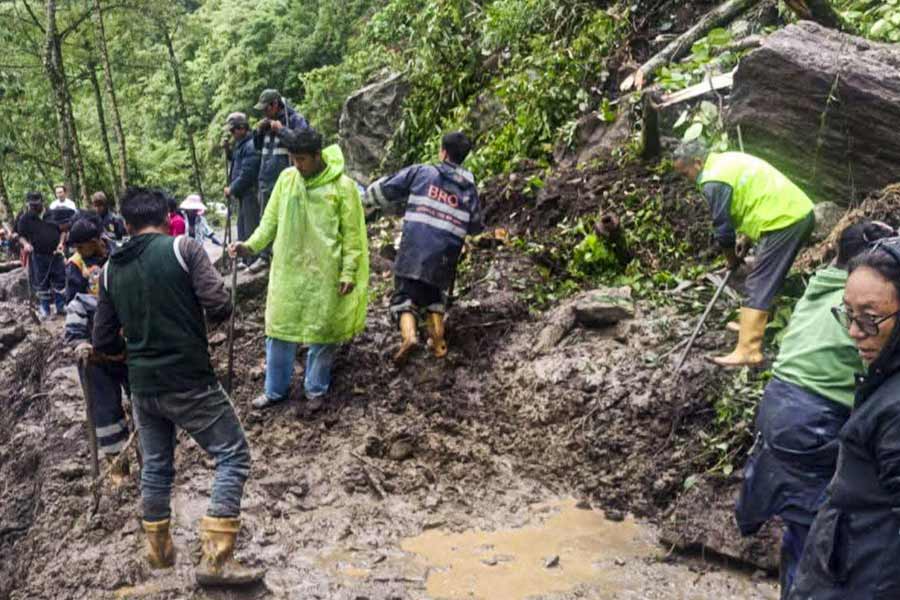
New Delhi: The "severe" smog that engulfed Delhi from November 7 to 13 has turned the capital into a "hardship posting" for expatriates and increased the sale of air purifiers by 50 per cent.
Pollution levels in Delhi rose on Sunday, leading to a dip in air quality with monitoring agencies forecasting a further spike over the next few days.
The Air Quality Index, calculated by the Central Pollution Control Board, was 352 on a scale of 500. A score between 301 and 400 is considered "very poor" and can trigger respiratory illness on prolonged exposure.
The ruling Aam Aadmi Party, which galvanised massive public support when it introduced the odd-even car rationing and car-free days last year, has cut a sorry figure this time with its tussle with central institutions and allegations that it did little else than advising Delhi residents to wear anti-pollution masks.
Following a graded response action plan of the Supreme Court-appointed Environment Pollution (Prevention and Control) Authority, parking rates were quadrupled, trucks restricted and constructions and polluting industries ordered shut.
However, the BJP-ruled Delhi municipal corporation failed to completely stop construction and was slow in implementing the higher parking rates. The transport department could not effectively restrict the entry of trucks with non-essential supplies into Delhi.
Although there was no significant decrease in vehicles in parking lots, the AAP government asked the Delhi lieutenant-governor to restore lower parking rates the moment the air quality improved from "severe" to "very poor".
The government also backed out of implementing the odd-even scheme after the National Green Tribunal disallowed exemptions to motorbikes and women.
The Arvind Kejriwal government drew the most flak for not spending from the Rs 787-crore environment cess fund to address the crisis.
AAP Delhi secretary and MLA Saurabh Bharadwaj said: "We will be condemned for not spending Rs 787 crore without trying to understand the restrictions the Supreme Court puts on these funds, but the BJP won't be questioned for diverting Rs 56,700 crore from the National Clean Energy and Environment Fund to refund states for GST losses.
"The only solution is for Prime Minister Narendra Modi to chair a meeting of all the states in the National Capital Region and work out a way to compensate farmers so that they do not burn crop stubble. We are willing to pay. When the AAP demands that the Centre cut Metro rail fares that have doubled this year, an interested lobby will plant stories on why no buses have been bought knowing fully well that bus commuters have moved to the Metro."
Dipankar Saha, who heads the air-monitoring division of the Central Pollution Control Board, said 42 teams extensively supervised Delhi's pollution levels from October and worked with various government agencies to resolve the problems.
Burning garbage, followed by construction dust, traffic congestion, dust from unpaved roads, polluting industries and pollution at choked intersections on Delhi's boundaries were found to be the biggest pollutants.
"Through constant review meetings, we saw a significant improvement in pollution. The East Delhi Municipal Corporation was found to be the weakest in execution and we were helpless in controlling dump yard fires. While stubble burning was a factor for about 20 days this season, ash doesn't travel very far. It is dust from dry fields that are carried by winds from the west that we see here the most," Saha said.










